Home sweet home – or is it? In fact, there could be some hidden threats lurking within your house that may providing a whole lot more than a roof over your head, and could actually be making you physically ill. From microscopic bacteria to hidden mold to nasty little dust mites, be on the lookout for one of these 18 threats to your health. By Brent Furdyk
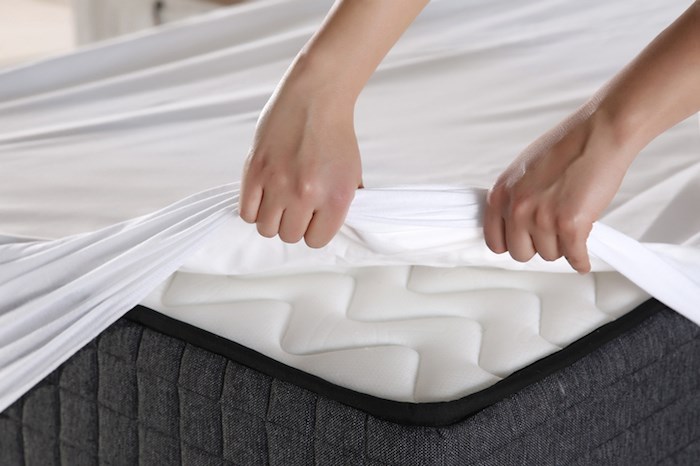
Sheets and Linens
Your bed sheets, regardless of thread count, are a primo breeding ground for dust mites, which will hasten your chance of catching a cold and exacerbate allergies. Dust mites tend to accumulate in a warm, cozy environment when the windows are closed and a nicely made bed is like a dust mite welcome mat. To deter dust mites, wash sheets at a minimum of 60 degrees F, using antibacterial detergent. It’s also a good idea to air out the bedroom regularly, preferably on a daily basis.
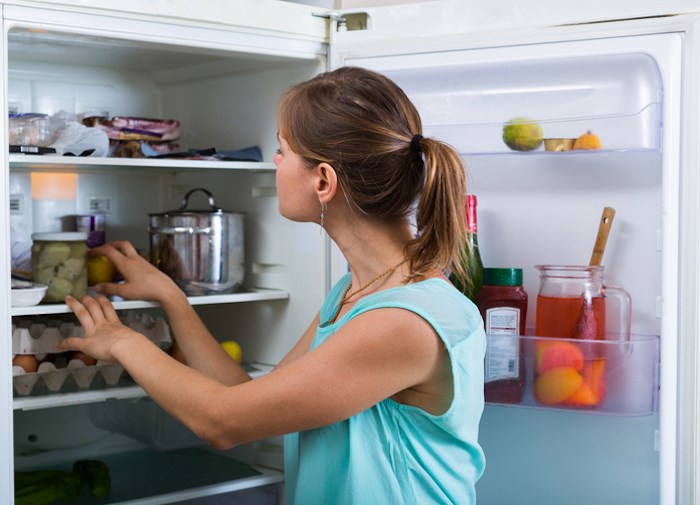
Refrigerator Trays and Drawers
Your refrigerator keeps food fresh and chilled, yet it can also become a huge bacteria trap if those little spills on trays or drawers aren’t cleaned up, creating mold that will eventually find its way into other food. As if that isn’t enough, fruit and produce in the vegetable drawers can host all manner of mirco-organisms if left to rot. If this isn’t enough motivation to clean out the fridge regularly, then nothing is.
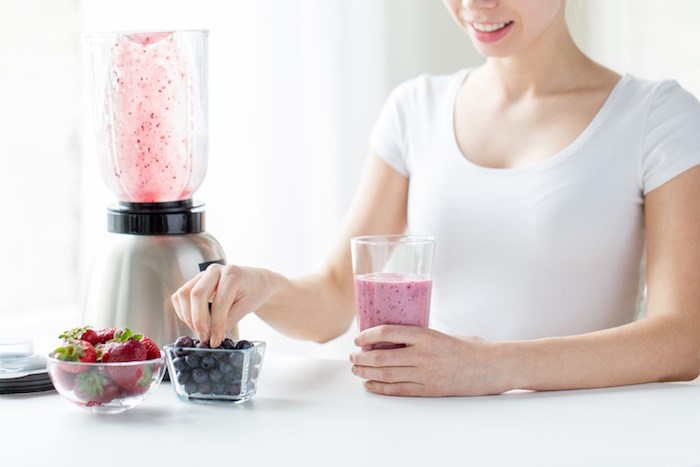
Blender
We typically associate blenders with health, since they whip up banana-and-wheatgrass smoothies and other healthful concoctions, but if not properly cleaned they can also become a breeding ground for salmonella, E.coli and other nasty bugs because the interconnecting pieces at the bottom of the blender tend to trap any leftover liquid over time. That’s why it’s always a good idea to take the blender apart completely when washing it in order to ensure all those little nooks and crannies have been thoroughly cleaned.

Cellphone
Did you know that the average cellphone has up to 18 times more bacteria than the door handle of a public restroom? Plus, cell phones are often warm (due to the battery) and stored in a dark place when not being used – prime conditions for bacteria to grow. To avoid this, give your phone regular cleanings, by simply wiping with a disinfecting cloth or a mix of water and isopropyl alcohol.

Air Ducts
HVAC systems are great at heating and cooling our homes, but air conditioning also leaves traces of water in ducts which create ideal breeding grounds for bacteria, which can lead to asthma, coughs, headaches and allergies. That’s why it’s important to have air ducts professionally cleaned every few years, at a minimum.
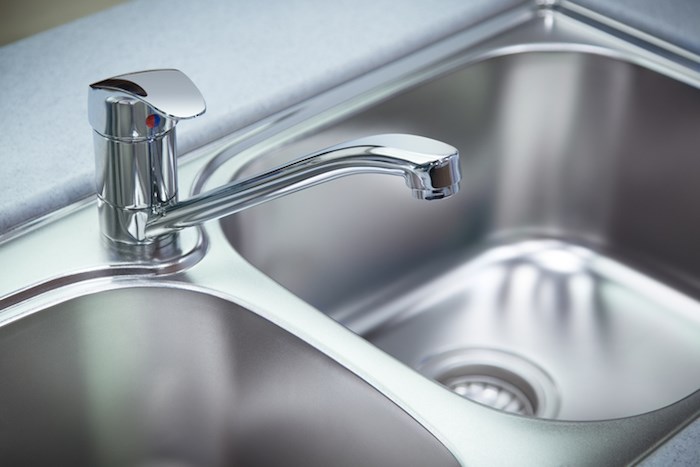
Faucets and Sinks
Faucets can easily collect germs and flu viruses, spreading illness to everyone who uses them. That’s why it’s important to clean faucets frequently with a disinfectant wipe or a cleaning solution with three-per cent hydrogen peroxide, which will kill those nasty little bugs before they get a chance to spread. Meanwhile consider this: the average kitchen sink contains about 100,000 bacteria per square centimetre, while the typical toilet only hosts about 100 bacteria per square centimetre. That’s because all the food debris in the sink creates a breeding ground for bacteria, meaning your kitchen sink may be dirtier than your toilet.
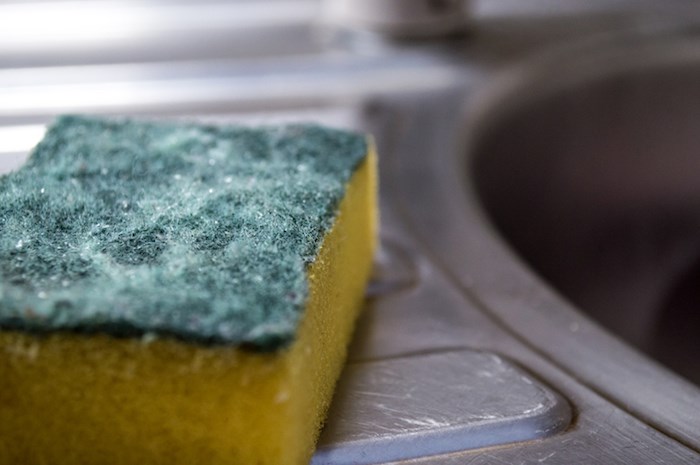
Kitchen Sponge
The kitchen sponge may be, quite simply, the filthiest thing in your home, and the #1 source of germs. When you use a dirty sponge to clean counters, for example, you’re actually just taking bacteria and spreading it all over the kitchen. To prevent germs from building up on damp sponges, ensure sponges are rinsed thoroughly in hot water, wring it out and let it dry in a ventilated soap dish. It’s also a good idea, at the end of each day, to sanitize the sponges by dampening them and placing in the microwave, heating on high for a minute, which can kill nearly all bacteria. And change sponges frequently – once a week is a good rule of thumb.
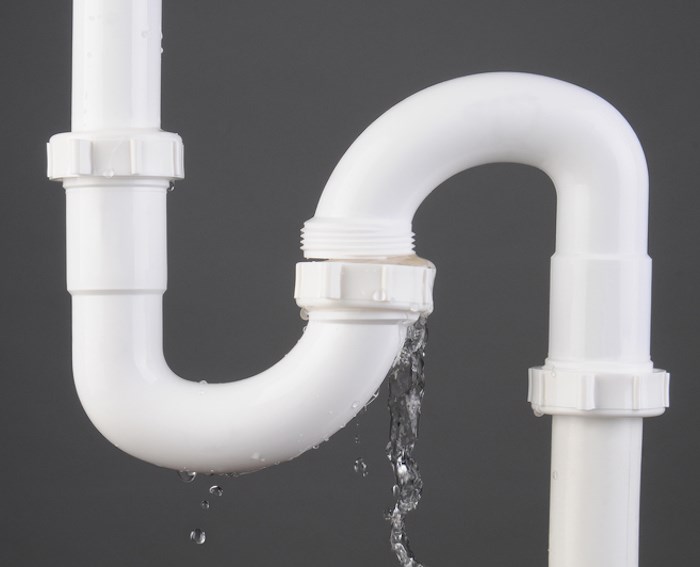
Plumbing Leaks
Unseen leaks in your home’s pipes could be allowing mold to grow in areas where you don’t even realize it’s there, creating all manner of health risks. If you suspect you have a leak, get a plumber in there stat – it’s the leaks you don’t see that can become the most hazardous over time.
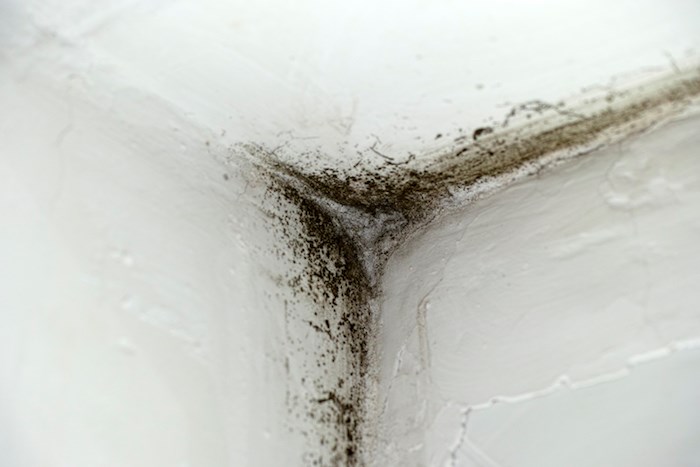
Hidden Mold
Mold is one of the biggest household hazards that contribute to illness, and just because you can’t see it doesn’t mean it isn’t there. Ironically enough, modern construction methods that tightly seal homes to make them more energy efficient can also allow the spread of mold on wood, drywall and wallpaper. If you see any evidence of discoloration or peeling on walls or ceilings, or find yourself and other family members battling chronic coughing, sneezing or rashes, it might be time to call in a company that specializes in detecting and neutralizing household mold.

Shower Curtain
If you have a vinyl shower curtain in your bathroom, consider this: vinyl contains phthalates, chemicals which damage the liver, kidneys, lungs and even the reproductive system.

Toothbrushes
Each time you brush your teeth, you transfer germs from your mouth onto the bristles of your toothbrush – and then leave that damp toothbrush in a damp bathroom, in close proximity to the toilet, which causes the toothbrush to become contaminated with airborne bacteria every time the toilet is flushed. That’s why it’s important to thoroughly rinse your toothbrush after each use – and keep the lid down when flushing.
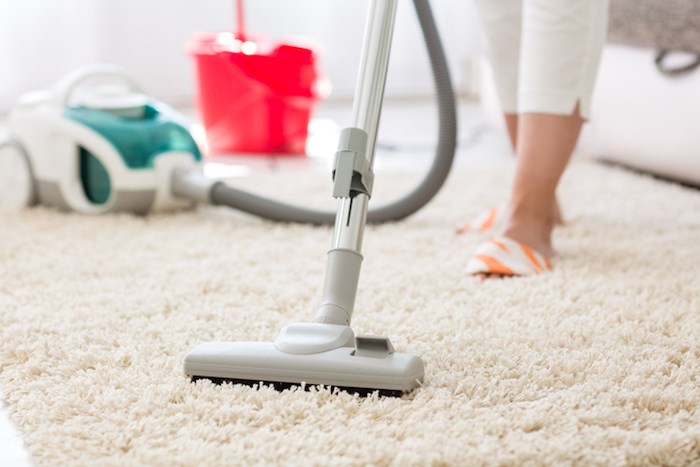
Vacuum Cleaner
When was the last time you cleaned out the filter on your vacuum cleaner – like, really cleaned it out? If you’re having a tough time remembering, consider this: the filter tends to trap all manner of microbes, bacteria and other teensy organisms that can trigger allergies and worse. In fact, a study from Quebec’s Laval University found that the dust from a vacuum cleaner can contain genes that are resistant to antibiotics, meaning you way want to wear a mask the next time you vacuum. If you’re concerned – and why wouldn’t you be? – investigate picking up a HEPA (high efficiency particulate air) filter, which can filter out up to 99 per cent of particulates.

Bath Mat
That soft, fluffy bath mat that feels so nice on your feet after exiting the shower can easily trap mold, dust mites and bacteria – even more so if you use baby powder while standing on it, with the stray powder providing a breeding ground for those microscopic creepy-crawlies. The solution: wash your bathmat more often – aim for once a week or so.

Cleaning Products
Many of those household cleaning products stashed beneath the sink may be keeping your home spic and span, but they can also contain some pretty harsh and nasty chemicals that can irritate skin, harm the live and kidney, and even damage the central nervous system. There’s a reason why they sell those rubber gloves, and it’s also a good idea to open windows and get some air circulating while cleaning in order to avoid succumbing to potentially toxic fumes. Instead, you may want to investigate natural cleaning products, or go old school and use things such as baking soda and vinegar instead of chemical-laden cleansers.
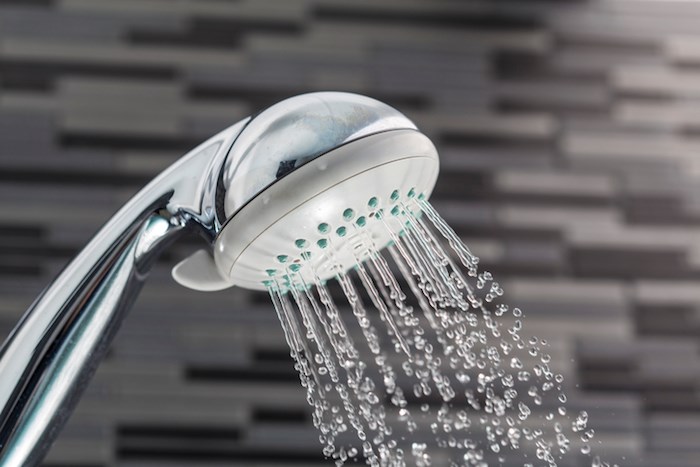
Shower Head
It’s a great irony that your bathroom’s shower head is responsible for keeping your body clean, but can also contribute to making you sick. That’s because a recent study found that 30 per cent of shower heads contain disturbingly high amounts of Mycobacterium avium, a bacteria that, if inhaled or swallowed, can lead to pulmonary infections and lung disease. If you’re like most people, you’ve probably never taken apart your shower head and cleaned it, but it’s highly recommended, as the more moisture that builds up inside it, the more bacteria will grow. In fact, experts recommend you change your shower head every six to eight months.
HGTV your inbox.
By clicking "SIGN UP” you agree to receive emails from HGTV and accept Corus' Terms of Use and Corus' Privacy Policy.




